Pratique | Équipement
Comment enregistrer la migration nocturne des oiseaux ?
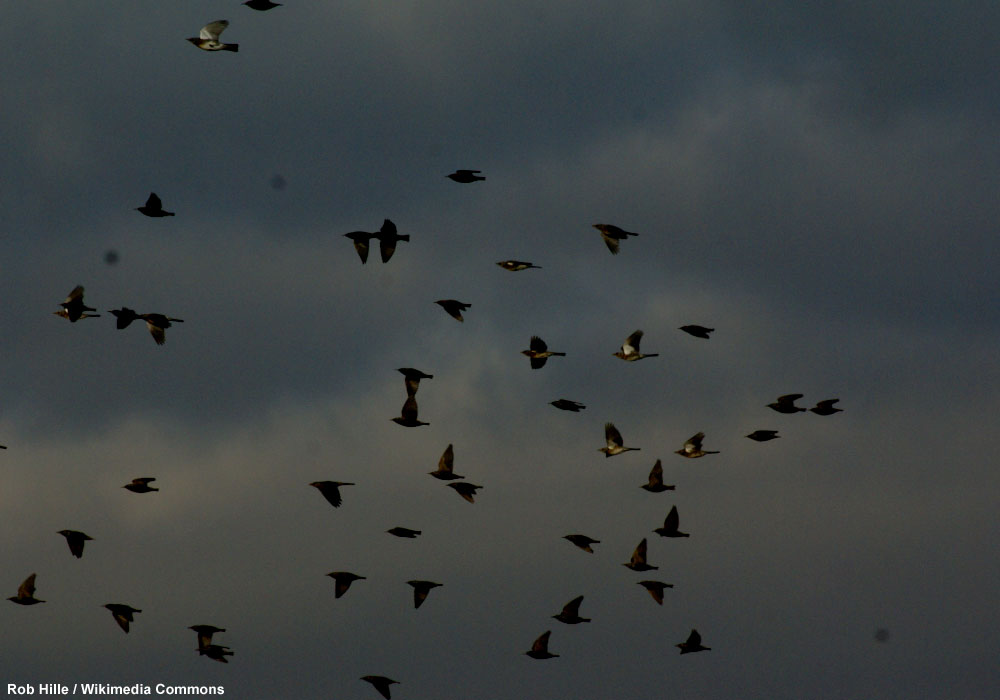
Passage crépusculaire de Grives litornes (Turdus pilaris) et d’Étourneaux sansonnets (Sturnus vulgaris), Flandre zélandaise (Pays-Bas), janvier 2013.
Photographie : Rob Hille / Wikimedia Commons
Introduction
La migration est un phénomène qui passionne les humains depuis l’Antiquité : au printemps et en automne, des dizaines de millions d’oiseaux appartenant à près de 2 000 espèces effectuent des trajets parfois très longs pour rejoindre leurs zones de nidification ou des régions au climat plus doux. Si le suivi du passage des hirondelles, des rapaces ou des cigognes (entre autres) est populaire, il ne reflète qu’une petite partie du phénomène migratoire : en effet, beaucoup d’espèces migrent la nuit et passent donc inaperçues, sauf si on a la chance de les voir voler devant la lune ou si on les détecte avec un radar. La méthode la plus simple est toutefois d’écouter leurs nombreux cris, et si possible, de les enregistrer.
Suivre la migration nocturne est une occupation passionnante, et vous pouvez en outre contribuer à faire progresser les connaissances. Cela sera souvent l’occasion d’ajouter des espèces inédites à votre liste locale, que l’on soit en pleine ville ou dans la nature, et les surprises seront souvent au rendez-vous, des espèces inattendues pouvant être détectées comme le Bruant ortolan (Emberiza hortulana), le Butor étoilé (Botaurus stellaris), la Marouette ponctuée (Porzana porzana), la Macreuse noire (Melanitta nigra) ou le Pluvier guignard (Charadrius morinellus).
Dans cet article, Quentin Dupriez nous donne des conseils pratiques (équipement nécessaire, où et quand enregistrer, format des fichiers, analyse des sons avec Audacity et partage des données), que nous avons complétés par des informations concernant la migration nocturne.
Réagir à notre article
avez-vous déjà entendu (et peut-être enregistré) les cris d’oiseaux migrateurs durant la nuit ?
Abstract
Migration is a fascinating phenomenon: in spring and autumn, tens of millions of birds belonging to nearly 2,000 species sometimes make a very long journey to reach their breeding or wintering areas. If the surveys of swallows, raptors or storks (among others) migrations are popular, it only reflects a small part of the migratory phenomenon: indeed, many species migrate at night and therefore go unnoticed, unless we are lucky to watch them flying in front of the moon or if when they are detected with a radar. The most effective and simple method is to listen to their many night calls, when the conditions are favorable, or even better, to use a recorder with a microphone, a simple equipment that can be purchased or even mounted yourself. To study nocturnal migration is an exciting occupation, and one can contribute to the understanding of this little-known aspect of the migratory phenomenon. This will often be an opportunity to add new bird species to your local list, whether in the city or in the wilderness, and surprises will often be there, as unexpected species can be detected above your garden, such as the Ortolan Bunting, the Eurasian Bittern, the Spotted Crake, the Common Scoter or the Eurasian Dotterel.
In this article, Quentin Dupriez gives us practical advice (equipment, where and when to record, file formats, sound analysis with Audacity and data sharing), which we have supplemented with information about nocturnal migration.
Poursuivez la lecture de cet article, en vous abonnant dès maintenant !
Découvrez les Archives d’Ornithomedia.com
Pour seulement 10,00 €TTC/an (ou 6,00 € les 6 mois)
Profitez de plusieurs centaines d’articles en accès illimité et sans aucun engagement.
Compléments
Contact
Quentin Dupriez – Courriel : dupriez.quentin@gmail.com
Dans la boutique d’Ornithomedia.com
- Voix des oiseaux en vol (MP3-CD)
- Les Oiseaux d’Europe, d’Afrique du Nord et du Moyen-Orient (MP3 CDs)
Autres produits recommandés
- Micro canon ME66 de Sennheiser
- The Sound Approach to Birding: A Guide to Understanding Bird Sound de Mark Constantine et The Sound Approach
- Enregistreur H4n Pro de Zoom
- Enregistreur portable 4 pistes DR-40X de Tascam
- Bonnette Anti-Vent Protection de Gutmann
- Microphone directionnel NTG-2 de Rode Microphones
- Rode VideoMic GO Microphone Compact de Rode Microphones
- Batterie externe PowerCore Essential 20000 d’Anker
Sources
- Quentin Dupriez (2020). Enregistrement de la migration nocturne – Conseils pratiques : synthèse provisoire
- Wesley T.Honeycutt, Alyse V.Heaston, Jeffrey F.Kelly et Eli S.Bridge (2020). LunAero: Automated “smart” hardware for recording video of nocturnal migration. HardwareX. Volume : 7. Avril. www.sciencedirect.com
- Simon Gillings (2020). Birding while you sleep: how to get started with noc-mig. Birdguides. www.birdguides.com
- Todor D.Ganchev, Olaf Jahn, Marinez Isaac Marques, Josiel Maimone de Figueiredo et Karl-L.Schuchmann (2015). Automated acoustic detection of Vanellus chilensis lampronotus. Expert Systems with Applications. Volume : 42. Numéros : 15–16. Pages : 6098-6111. www.sciencedirect.com
- Justin Salamon, Juan Pablo Bello, Andrew Farnsworth, Matt Robbins, Sara Keen, Holger Klinck,et Steve Kelling (2016). Towards the Automatic Classification of Avian Flight Calls for Bioacoustic Monitoring. PLoS One. Volume : 11. Numéro : 11. www.ncbi.nlm.nih.gov/pmc/articles/PMC5120805/
- Claire E. Sanders et Daniel J. Mennill (2014). Acoustic monitoring of nocturnally migrating birds accurately assesses the timing and magnitude of migration through the Great Lakes. The Condor. Volume : 116. Numéro 3. Pages : 371-383. bioone.org
- T. Edward Nickens (2013). Listening to Migrating Birds at Night May Help Ensure Their Safety. Audubon magazine. Septembre-Octobre. www.audubon.org




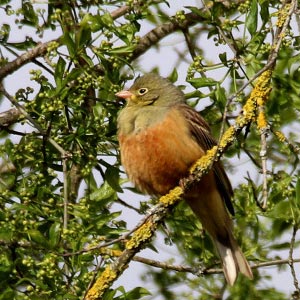
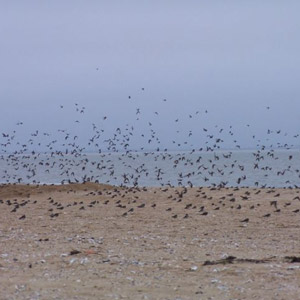
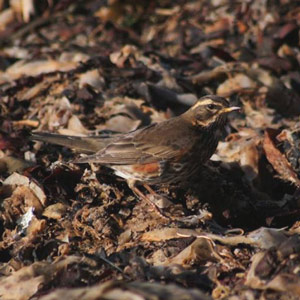
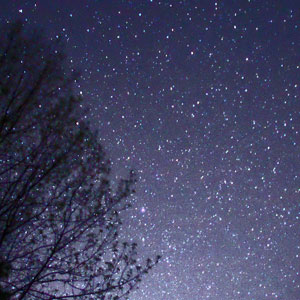
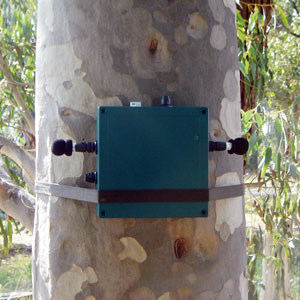
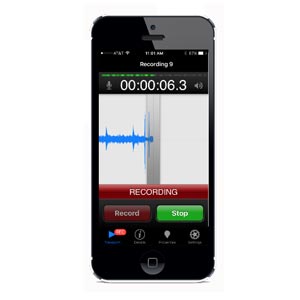

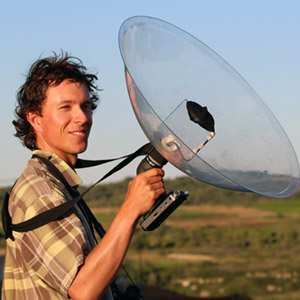
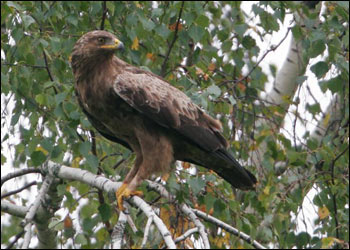
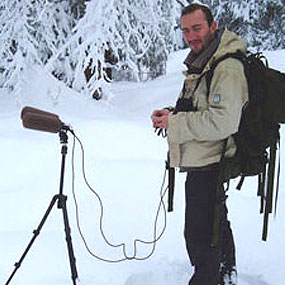
Aucun commentaire sur ce sujet
Participer à la discussion !